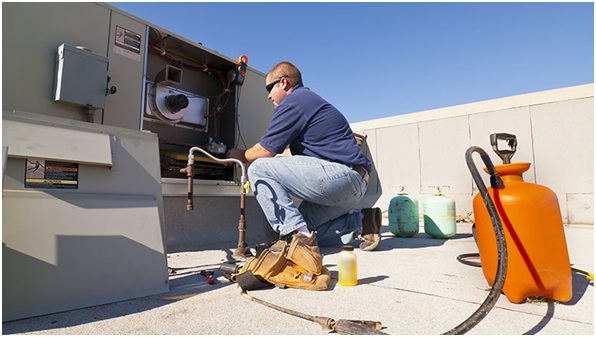A commercial air conditioning, when used efficiently can reduce energy bills, but can also run up the consumption, if you do not have any control on it. Since it operates on a large area, chances are the energy bills can go up anytime. Hence, you must pay a due attention towards the design and installation of the commercial air conditioning.
Understanding the process how commercial AC system works helps in determining whether it’s time to update and replace the system. In fact, energy efficiency is an important factor in the commercial establishments and at the same time boost revenue exponentially.
So, here we have some details. Let’s scroll down to explore on how it works.
- As mentioned earlier, the system designs have a lot to do and it is based on the floor plan layout. It helps the ductwork and ventilation catering to every areas of the system.
- Ducts and air flow vents are so conveniently designed that they are effortlessly placed in each room that facilitates optimal air flow
- In these systems, air is drawn from the outside source and then filtered through the ERV/HRVs. This system usually disinfects and cleans the air, thus providing you a purified air conditioning.
- Following this, the air effortlessly blows through evaporator coils that remove humidity and the dirt that clogs the ducts. Quite obviously, it cools the temperature.
It is already mentioned in the beginning that the commercial Air conditioning units can be an energy saving system if installed properly. In this regard you also need to mention that which energy saving unit is good for you depending on your needs. Also, the property administrators should take the point into considerations that which factors actually contribute to a quality air conditioning unit. Here are some details on that.
- You have to make sure that the unit is aptly sized and perfectly designed to cater to your specific building
- Each of the systems are fitted with sealed supply ductwork for efficient and optimal energy flow
- A well-balanced air flow between supply and return system
- Packed with proper refrigerant, along with an optimally working burner operation and draft
All these factors contribute to the proper and optimal function of a commercial air conditioning system. Keep these in mind, while installing a new air conditioning unit at your commercial property.







Recent Comments